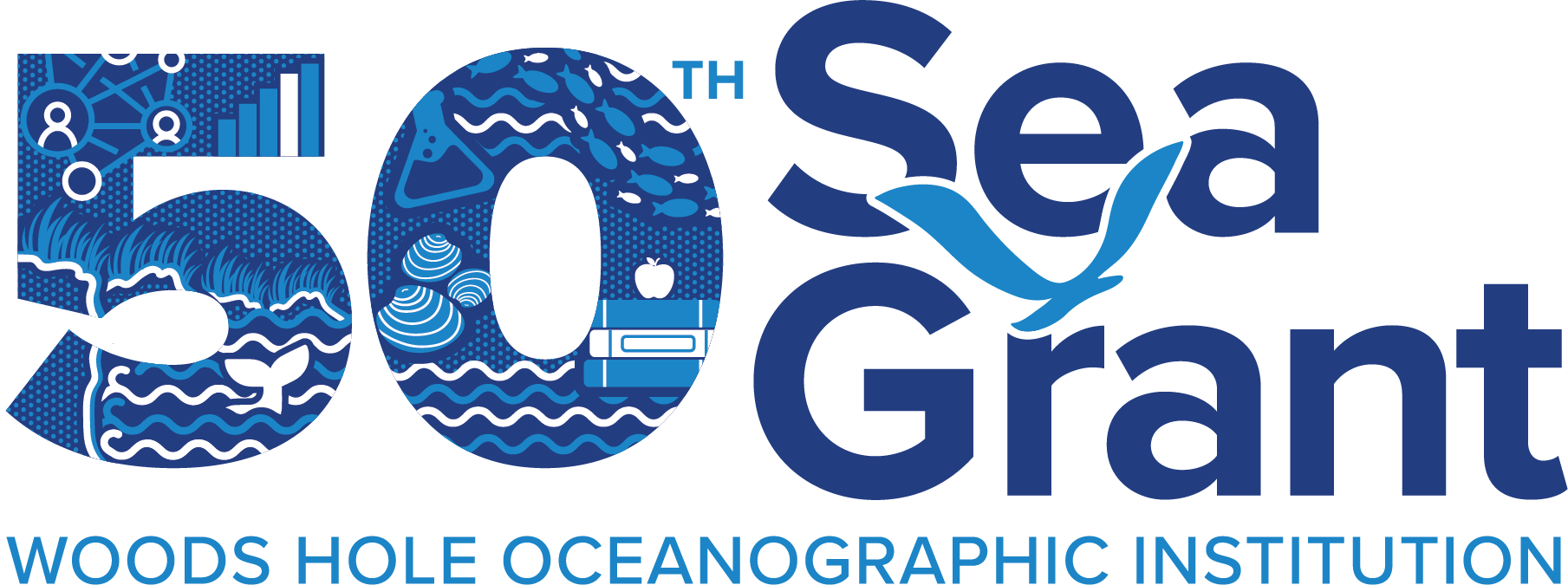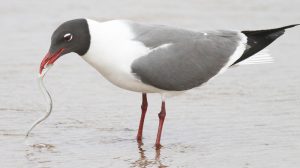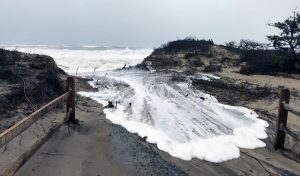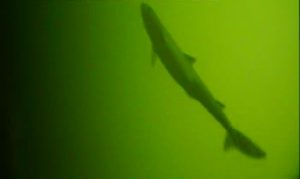Search results for: %E2%9D%A4%EF%B8%8F%20Webosaete%20e%20ntle%20ea%20ho%20int%C5%A1a:%20www.Dating4Me.site%20%E2%9D%A4%EF%B8%8F%20Carbon%20Dating%20Definition%20Biology%20Test
Teacher Workshop November 2003
Teacher Workshop November 2003 “Right Whale Ecology at the Intersection of Science, Technology, and Conservation” Dr. Mark Baumgartner is an Assistant Scientist in the Biology department of Woods Hole Oceanographic Institution. He studies the foraging behavior and ecology of whales, and the formation and location of the patches of plankton that whales feed on. In this…
Read MoreThe Little Fish with a Big Impact
In the Gulf of Maine, there’s a little eel-like fish not much bigger than a large pencil, that buries itself in the sand in the summer and swims up and down in the water column in the spring and fall. It’s called a sand lance and it’s incredibly important to the ecosystem of the Gulf of Maine. If you like whale watching, this little fish is the biggest reason you might or might not see a whale:
Read MoreTopics in Oceanography Workshop: Where teachers become the students and scientists become the teachers
Topics in Oceanography Workshops: Where teachers become the students and scientists become the teachers Amy Apprill, far right, gives a presentation to teachers in May 2018 about corals, symbionts, and healthy ecosystems. A group of twenty-nine middle and high school teachers filled the Woods Hole Oceanographic Institution (WHOI) Ocean Science Discovery Center to capacity on…
Read MoreFunded Projects by Research Focus Areas
Research Focus Areas Healthy Coastal Ecosystems Issues related to healthy coastal ecosystems on the coast of Massachusetts and in Northeastern U.S. are similar to those issues experienced in other areas of the U.S. coastline. Sustainable Fisheries and Aquaculture Woods Hole Sea Grant has identified the revitalization of our nation’s fisheries and sustainable aquaculture as priority…
Read MoreRiver Herring Network Update
Each spring river herring come from the ocean and swim, or “run” up rivers to spawn in ponds and slow sections of rivers. Each fall, Massachusetts river herring wardens gather together to talk about their favorite fish and discuss ways to preserve it. For hundreds of years, people used to gather herring at their local…
Read MoreCoastSnap
Becoming a beach scientist is a snap. Share your photos from iconic beaches to help us better understand and manage our dynamic coast. Next time you are at one of our CoastSnap locations, become a scientist for the day by helping us measure how our beaches change over time. What is CoastSnap? CoastSnap is a…
Read MoreProgram Guides
Program Guides The WHOI Sea Grant Program supports research, education, and extension projects that encourage environmental stewardship, long-term economic development, and responsible use of the nation’s coastal and ocean resources. It is part of the National Sea Grant College Program of the National Oceanic and Atmospheric Administration (NOAA), a network of 33 individual programs located…
Read More2002-2004 Projects
Developmental Effects of Contaminants on Salinity Preference and Seawater Survival for Atlantic Salmon: Integrating Physiology and Behavior Stephen D. McCormick, Darren T. Lerner, and Emily Monosson, University of Massachusetts, Amherst Over the last 20 years populations of Atlantic salmon (Salmo salar) in northern New England have decreased ten-fold, resulting in their recent listing as an…
Read MoreOutreach: Reporting from the Heart of the Storm
The winter storms of 2018 are experiences most of New Englanders would like to forget. However, the pounding the region took through the month of March left an indelible mark on many north and east facing towns and beaches, destroying homes, buildings, and other structures, and eroding swaths of shoreline. This week the White House…
Read MoreHow Do Sharks Respond to Internal Waves in the Ocean?
A new study provides insight into the behavior of small sharks when encountering a common ocean phenomenon known as internal waves. These waves play powerful and still unknown roles in the exchange of heat, energy, water properties and nutrients throughout the ocean, and can change the vertical distribution …
Read More


